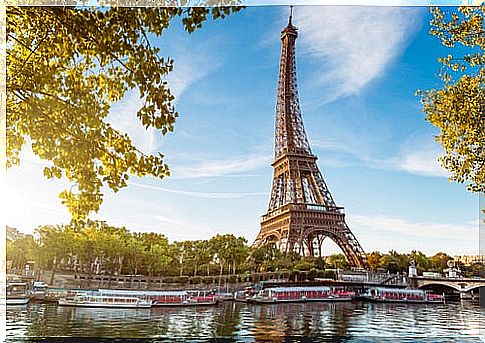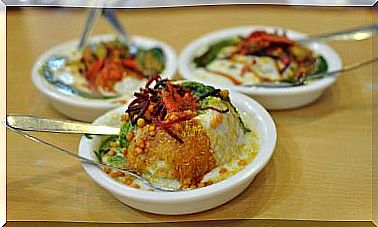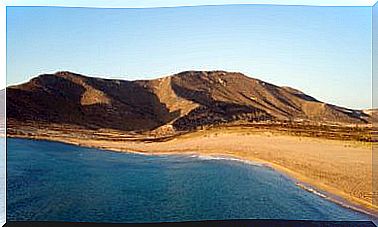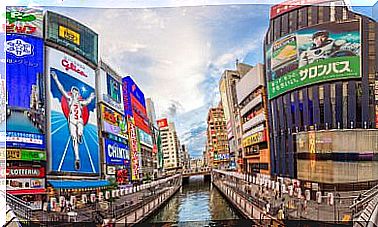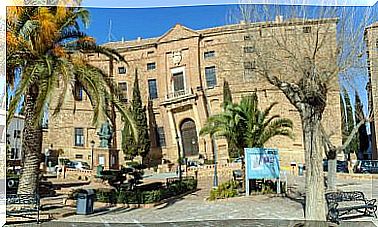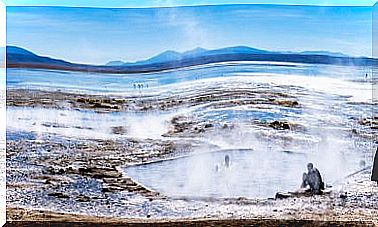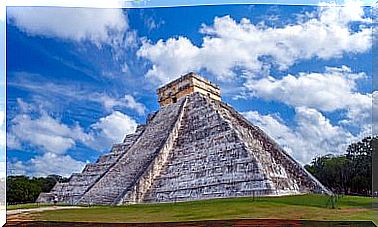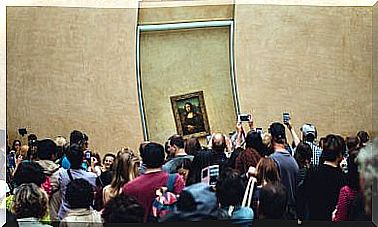World Exhibitions: Exhibition Of European Imperialism

One of the first world exhibitions was organized in London in 1851. In it they wanted to show, on the one hand, the technological advances resulting from the Industrial Revolution. On the other, the triumph of a liberal economic system that made England the hegemonic power of the moment.
This contest was an overwhelming success. It was visited by approximately six million people and a profit of £ 200,000 was generated. As a result, other countries, which also wanted to present themselves as champions of progress and modernization, began to organize their own exhibitions.
Some of these universal exhibitions were those in Paris (1855, 1867 and 1889), London (1862), Vienna (1873), Philadelphia (1876) and Barcelona (1888), among others. Various exhibitions were also held in Spain: the Philippines in Madrid (1887), the Ibero-American in Seville, the Barcelona International and the Spanish Missionary, all three in 1929.
Next, we are going to address some aspects of the meaning and intentionality of these expositions. Later, we will talk about the exhibitions that were held in Spain and what is the mark they left in these three cities: Madrid, Seville and Barcelona.
The universal exhibitions: projection of the European ‘civilizing’ project
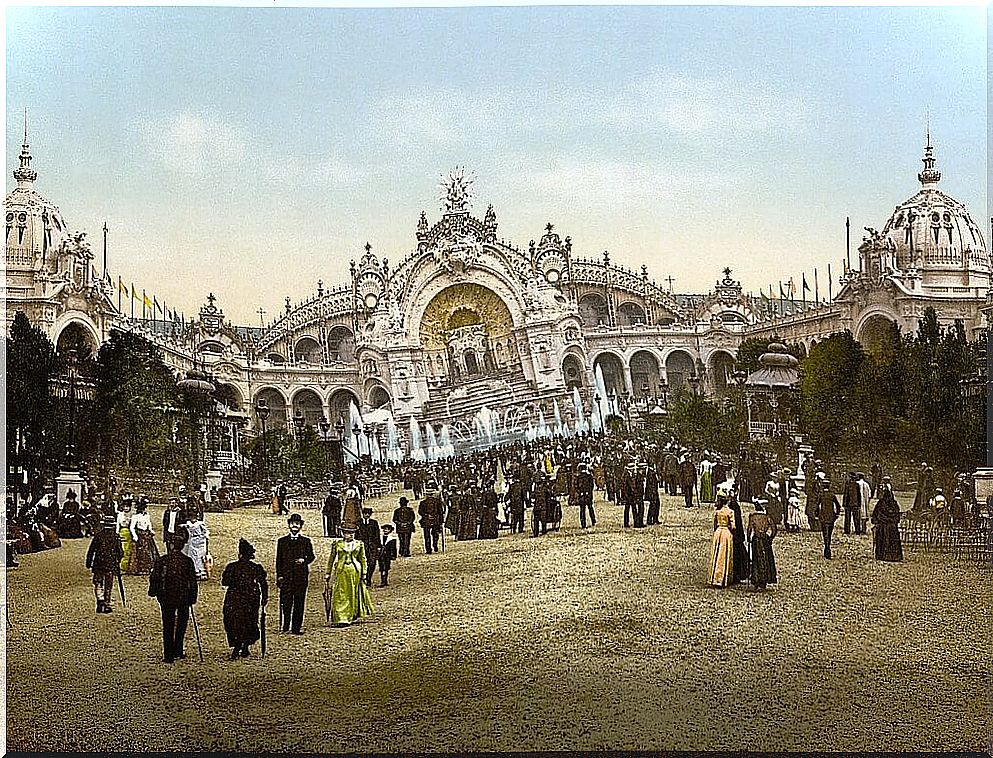
The primary objective of these exhibitions was to promote industry, trade and the conquest of new markets. At the same time, it was a practice that served the states to make a display of their economic and industrial potential. Thus, these exhibitions allowed states to advertise themselves and show their position on the international board.
The imperial power and the amount of colonial territories that these states had was another way of showing what position it occupied in the concert of the ‘civilized’ nations. For this reason, in these exhibitions stages were installed that wanted to represent those colonial peoples considered ‘barbarians’.
For example, at the Universal Exposition in Paris in 1889 a colonial city divided into four zones was installed. In each of them different aspects of the Arab world, oceanic, African and Asian cultures were represented. It was a staging manufactured by the European hand.
Through that colonial city, the European ‘civilized’ public could observe living mannequins from all over the world, and they could see them wearing their traditional clothes, making and selling handicrafts, cooking, practicing rituals. In short, they came to the living representation of cultures considered ‘uncivilized’.
Through these little theaters, colonial societies were represented in such a way as to make it easier to verify the racial difference between ‘us’ and ‘others’. For the European viewer, these exhibitions became reality, but it was a reality that was constructed by Europeans and, therefore, charged with their own prejudices and imaginations.
Human zoos
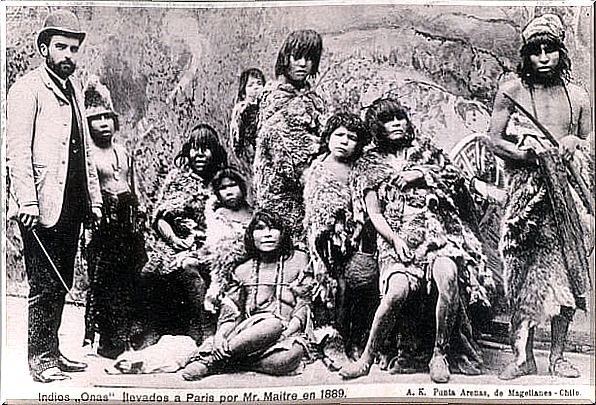
One of the cruelest facets of colonialism and imperialism were human zoos. They consisted of the capture and transfer of ‘exotic’ populations from different parts of the planet to be exhibited as animals in different European cities, through world exhibitions or other competitions.
This idea came from a German wild animal ‘trader’, Carl Hagenbeck. He created the first exhibition in Europe with people from Samoa and Lapland. It was the forerunner of the human exhibitions that were held in the Garden of Acclimatization in Paris.
These attractions were a form of entertainment for a white European audience. It was a way of demonstrating, through staging, forced situations in reconstructed environments, the supremacy of European culture and race against colonial subjects, considered savages and inferior beings.
An example of this abduction of people occurred in 1881 when 11 indigenous people from Tierra del Fuego were kidnapped from the shores of the Strait of Magellan and were exhibited in the Garden of Acclimatization in Paris. After three weeks exhibited in Paris, they were taken on a tour of Europe.
They were exposed as so-called cannibals and thus were thrown raw horse meat to eat. They were kept dirty and unhygienic so that they had a ‘savage’ appearance. They were inhumane conditions, the diseases did not take long to affect their health and forced them to be transferred, again, to Punta Arenas. Only four survived.
Universal and thematic exhibitions in Spain
The General Exhibition of the Philippines in Madrid in 1887

The success that universal and colonial exhibitions were having in Europe and other parts of the Western world, prompted the decision to hold a similar contest with Filipino and Micronesian products in Spain. It was a way of promoting trade with the metropolis and, at the same time, making the world aware that Spain was still a colonial power.
In 1886 the steps for its realization began. The headquarters they chose were the Palacios de la Minería (now owned by Velázquez) and the Palacio de Cristal in the Retiro park, in Madrid. Around the Central Pavilion, installed in the Crystal Palace, indigenous houses were rebuilt to be inhabited by individuals who would bring from the archipelago.
In front of the Crystal Palace they built a lake in order to fill it with typical boats to represent what this activity was like in the Philippines. This entire scene would be inhabited by 42 people who were brought from the Philippines, Carolinas and Marianas. They wanted to represent the different ethnic and social groups in the colony.
The 1929 Seville Ibero-American Exhibition
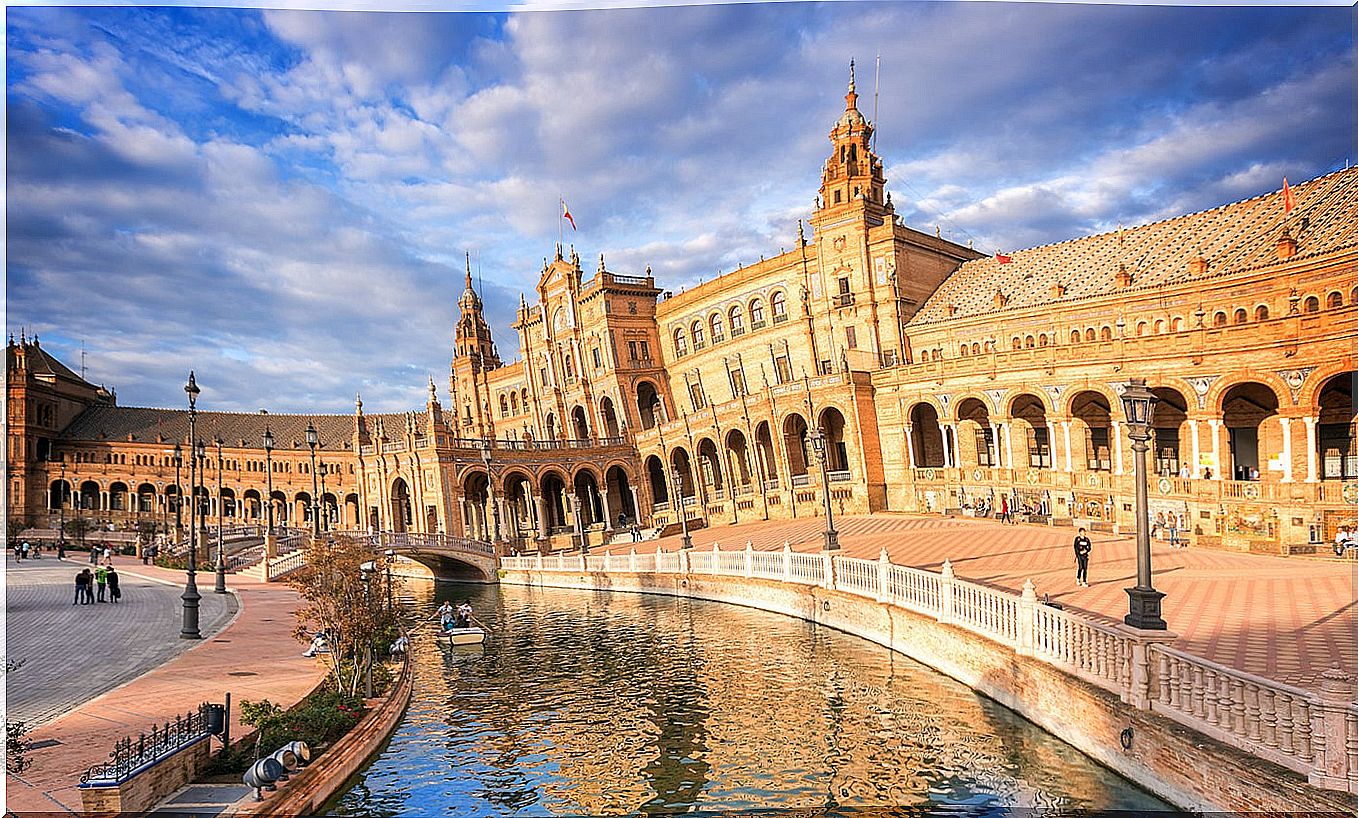
The Ibero-American Exhibition of Seville was an event that coincided in time with the International Exhibition of Barcelona. For this reason, both are considered the Universal Exhibition of Spain. The one in Seville was held from May 9, 1929 to June 21, 1930.
The objective of this event was to show the twinning that existed between the countries of the Iberian Peninsula – Spain and Portugal – with the American republics that had emancipated themselves from the Spanish and Portuguese colonial power. The exhibition was an event that forever changed the image of the city of Seville.
New areas and architectural spaces were opened that still fascinate the world today. Among the various buildings that were built for the event, one stands out: the Plaza de España. This was built in the northern part of the María Luisa park and is still today a work that leaves no one indifferent.
The International and Missionary Exhibition of Barcelona
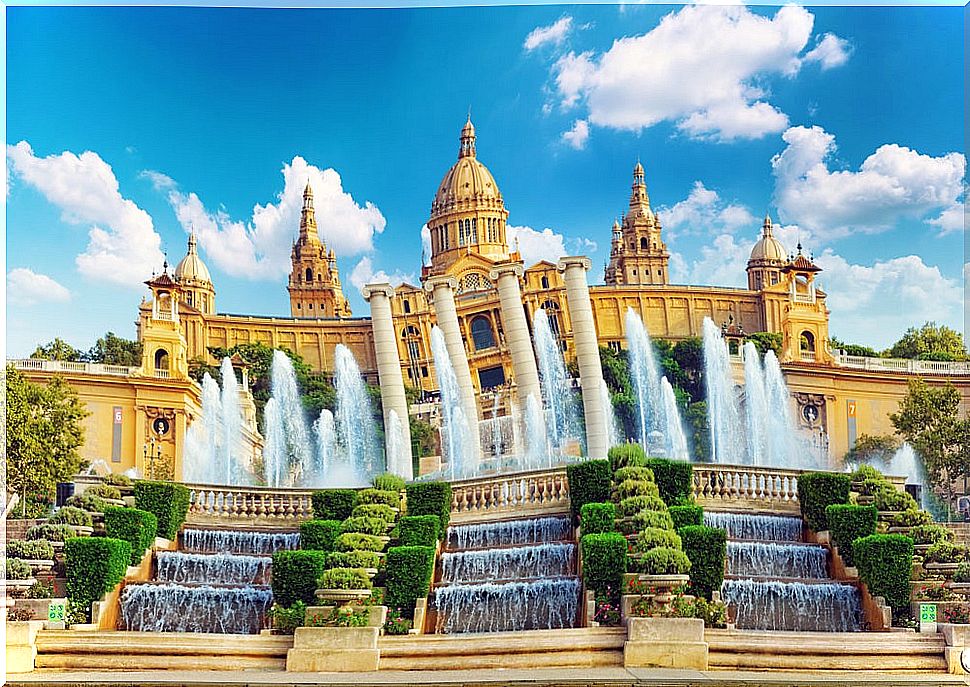
Between May 20, 1929 and January 15, 1930, Barcelona held its second international exhibition. The first, held in 1888, had meant a great economic, technological and architectural advance for the city. For this reason, it was decided to hold a new exhibition to show the world the power of Catalan industry.
The place of the contest was on the mountain of Montjuic and was the engine for the remodeling of that part of the city. A group of buildings were built that today are the emblem of the city. Among them are the National Palace, which today houses the MNAC, the Magic Fountain, the Grec Theater, the Spanish Village and the Olympic Stadium.
Within the framework of this exhibition, another event was held: The Spanish Missionary Exhibition. This contest, held in the Palacio de las Misiones, a building erected for the occasion, wanted to show that religion and modernity could go hand in hand. At the same time, the Catholic Church, through this exhibition, wanted to highlight:
- The sacrifice and self-denial of the missionaries.
- The need that existed to increase conversions.
- The interest in attracting new adherents to the missionary cause, either with funds or with personnel.
For this reason, all the religious orders that had a house in Spain could participate in the contest. In the Palace of the Missions, the religious exhibited multiple objects from the mission lands. It had the objective of documenting the missionary activity and disseminating the activities they undertook in the lands of ‘infidels’.
